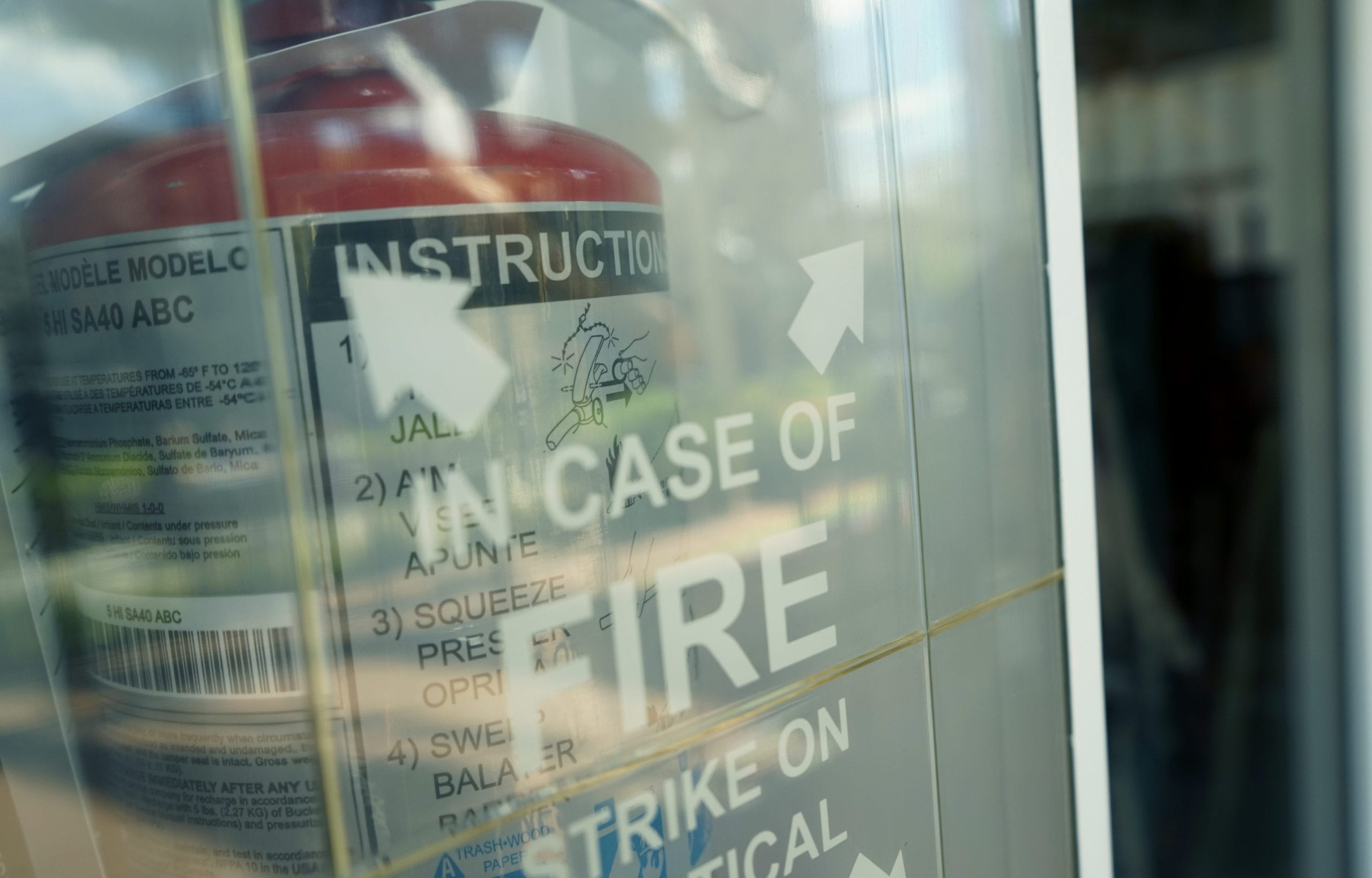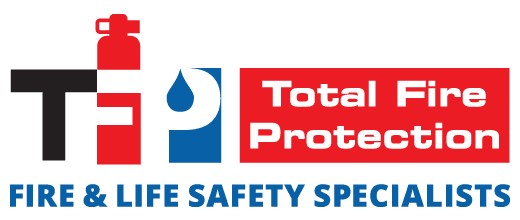 Healthcare facilities require safety measures that other commercial buildings typically don’t face. Water can quickly damage high-cost equipment, and smoke can combine with oxygen to create deadly fires. Also, patient recuperating from a procedure, or even undergoing one at the time of the event, might not be easily evacuated. Given the costs and sensitivity of medical equipment, the large margin for error in hospitals, and fire safety-focused regulations at both the federal and local levels, healthcare professionals should carefully abide by fire safety best practices.
Healthcare facilities require safety measures that other commercial buildings typically don’t face. Water can quickly damage high-cost equipment, and smoke can combine with oxygen to create deadly fires. Also, patient recuperating from a procedure, or even undergoing one at the time of the event, might not be easily evacuated. Given the costs and sensitivity of medical equipment, the large margin for error in hospitals, and fire safety-focused regulations at both the federal and local levels, healthcare professionals should carefully abide by fire safety best practices.
Consider the following five strategies to achieve fire safety in healthcare facilities:
- Fireproof the most vulnerable areas of your healthcare facilities using cement and fibrous material systems. Most healthcare facility fires begin in the kitchen, and they often spread to other areas of the facility. To protect workers, patients, and equipment, fireproof nearby rooms, and areas to prevent the spread of fire.
- Reduce the risk of fires in your kitchens. Grease is infamous for its ability to catch on fire and spread quickly. To prevent fires and reduce their risk of spreading, empty grease traps, store flammable liquids far from cooking equipment, clean your kitchen equipment regularly, and keep Class K fire extinguishers nearby in case of fire.
- Keep smoke away from oxygen. In general, smoking shouldn’t be allowed in healthcare facilities—it goes against the facility’s purpose. When smoke combines with oxygen-dispensing machines, though, fires can quickly spark. The more oxygen that’s in the air, the quicker it will spread and the hotter it will become. Provide smoking areas for smokers and offer ashtrays that are deep enough to ensure that smoke can’t escape.
- Develop an action plan. In a perfect world, a fire would never happen. The world, however, isn’t perfect. Without an action plan, you are risking the lives of healthcare patients and staff. Ensure that you train your staff to rescue at-risk patients, activate fire alarms, confine fires by closing doors, and to extinguish only small fires (leave large fires to the fire department).
- Make sure fire alarms and fire suppression systems are functional. The last thing you want to do is see your fire alarms and suppression systems fail when you need them the most. Maintain, inspect, and repair your alarms and suppression systems a couple of times a year to make sure they’re in working order.
Total Fire Protection can provide critical information and expertise to enhance your healthcare facility’s fire safety system. Visit our site today for more information and a free quote.




